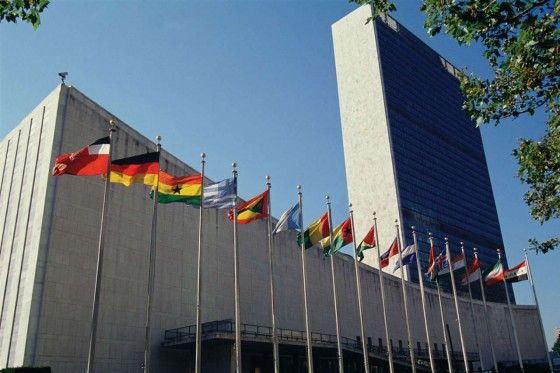
On April 2, large-scale ceasefire violations took place along the line of contact in the Nagorno-Karabakh conflict zone, leading to at least 33 fatalities, according to the report of the UN Office for the Coordination of Humanitarian Affairs (OCHA).
“Official sources from Armenia and Azerbaijan state that at least 30 soldiers and 3 civilians have died as a result of the fighting,” the report said. “The number of injured persons, both civilian and military, is yet to be confirmed by official sources. Unofficial sources estimated this number to be more than 200.”
On the night of Apr. 2, all frontier positions of Azerbaijan were exposed to heavy fire from large-caliber weapons, mortars, grenade launchers and guns. In addition, Azerbaijani settlements near the frontline densely populated by civilians were fired at.
The counter-attack was made following provocations of the Armenian armed forces at night of Apr. 2, which resulted in deaths and injuries of civilians.
Six Armenian tanks, 15 gun mounts and reinforced engineering structures have been destroyed and more than 100 servicemen of the Armenian armed forces were wounded and killed during the fights.
Twelve servicemen of the Azerbaijani armed forces heroically died, one Mi-24 helicopter was shot down and one tank damaged by a mine
The conflict between the two South Caucasus countries began in 1988 when Armenia made territorial claims against Azerbaijan. As a result of the ensuing war, in 1992 Armenian armed forces occupied 20 percent of Azerbaijan, including the Nagorno-Karabakh region and seven surrounding districts.
The two countries signed a ceasefire agreement in 1994. The co-chairs of the OSCE Minsk Group, Russia, France and the US are currently holding peace negotiations.
Armenia has not yet implemented the UN Security Council’s four resolutions on withdrawal of its armed forces from the Nagorno-Karabakh and the surrounding districts.
Trend
